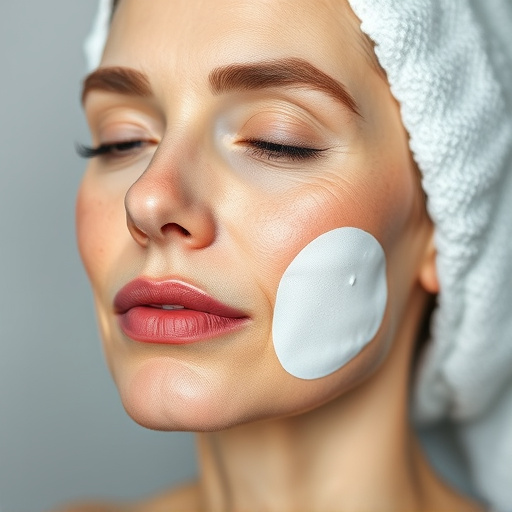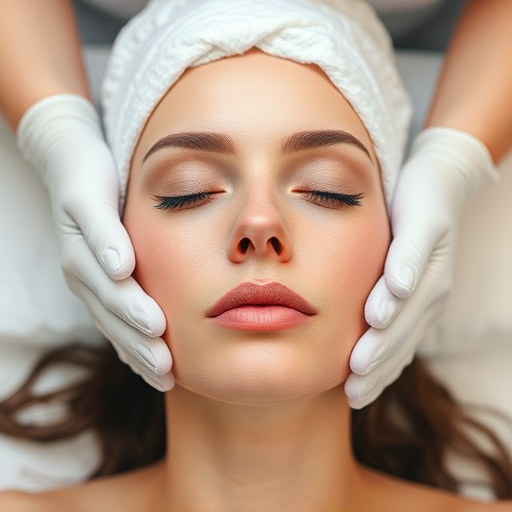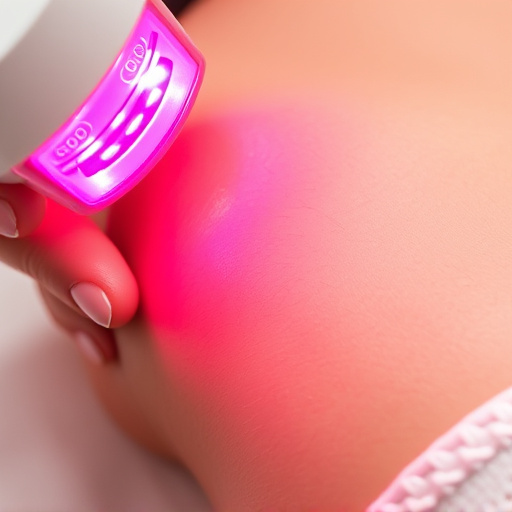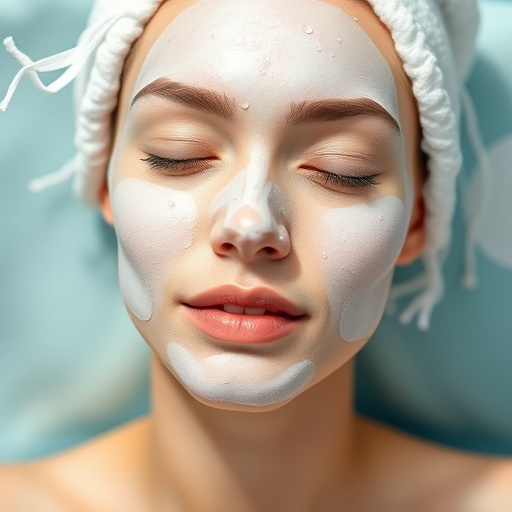Faster Healing After Salicylic Acid Peels: Care and Nutrition Tips
Salicylic acid peels effectively treat acne scars, enlarged pores, and mild to moderate acne by exfo…….
In the ever-evolving world of skincare, few ingredients have garnered as much attention and intrigue as salicylic acid peel. This potent skin treatment has captured the interest of dermatologists, beauty enthusiasts, and researchers alike, due to its remarkable ability to rejuvenate and revitalize complexions. Salicylic acid peel, a therapeutic procedure that involves topically applying an acidic solution to exfoliate and resurface the skin, has become a game-changer in the skincare industry. This comprehensive article aims to delve into the intricacies of salicylic acid peel, exploring its benefits, applications, and the global impact it has made on both consumer choices and scientific advancements.
Definition: Salicylic acid peel, also known as chemical peeling or exfoliation therapy, is a non-surgical procedure that utilizes a concentrated solution of salicylic acid to gently remove layers of dead skin cells from the surface and middle layers of the epidermis. This controlled exfoliation reveals smoother, brighter, and more even-toned skin.
Core Components: The primary active ingredient in salicylic acid peel is, as the name suggests, salicylic acid. A beta-hydroxy acid (BHA), salicylic acid has unique properties that allow it to penetrate pores and dissolve the bonds between dead skin cells, making it particularly effective for treating acne-prone skin. Other common components include:
Historical Context: The use of salicylic acid in skincare dates back to ancient times. The Greeks and Romans used salicylates for their medicinal properties, including skin conditions. However, it was not until the mid-20th century that salicylic acid peel as a cosmetic procedure began to take shape. Dermatologists started experimenting with BHA solutions, leading to the development of various chemical peels, each with different strengths and applications. Over time, advancements in formulation and application techniques have made salicylic acid peel safer and more effective for a wide range of skin types.
Salicylic acid peel has transcended geographical boundaries, leaving its mark on skincare routines worldwide. Its popularity can be attributed to several key factors:
Regional Adoption:
| Region | Market Dynamics |
|---|---|
| North America | Leads global skincare innovation, with high adoption rates due to advanced medical aesthetics industry and proactive consumer behavior. |
| Europe | Strong emphasis on natural ingredients and regulatory frameworks driving product development and quality standards. |
| Asia Pacific | Rapidly growing market, particularly in East Asia, driven by increasing disposable income and a culture of skincare investment. |
| Latin America | Rising awareness about skincare, with a focus on accessible and affordable treatments, drives the popularity of salicylic acid peel. |
The global salicylic acid peel market is a dynamic and expanding sector within the larger cosmetic industry. Key economic factors include:
Technological innovations have played a pivotal role in enhancing the effectiveness and accessibility of salicylic acid peel:
The regulatory landscape surrounding salicylic acid peel varies across regions but is generally designed to ensure consumer safety and product quality:
Despite its many advantages, salicylic acid peel is not without challenges and criticisms:
Solutions and Strategies:
Background: A 16-year-old female presented with moderate to severe acne, particularly on her forehead and cheeks. Traditional over-the-counter treatments had shown limited results.
Treatment: A series of weekly salicylic acid peels were recommended, starting with a lower concentration and gradually increasing as her skin tolerated the procedure.
Outcomes: After 8 weeks, the patient’s acne significantly improved, with a reduction in inflammatory lesions and decreased skin redness. She reported increased confidence and a more even complexion. Follow-up visits revealed sustained results, and she was able to maintain her clear skin with a simplified home skincare routine.
Scenario: A 32-year-old woman sought treatment for hyperpigmented spots on her cheeks and forehead, left from an old acne scar.
Approach: A combination therapy was employed, including salicylic acid peel sessions and targeted topical treatments.
Results: Over a 3-month period, the patient noticed a gradual fading of dark spots, leading to a more even skin tone. Her satisfaction was evident in her feedback during follow-up appointments, attributing her positive outcome to the tailored treatment plan.
The future of salicylic acid peel looks promising, with several emerging trends and growth areas:
Salicylic acid peel has emerged as a transformative force in the skincare industry, offering effective solutions for various skin concerns. Its global impact and continuous technological advancements highlight its enduring relevance. While challenges exist, ongoing research, education, and regulatory oversight ensure that salicylic acid peel remains a safe and powerful tool in the hands of trained professionals. As we peer into the future, the potential for salicylic acid peel to continue revolutionizing skincare routines seems boundless.
Q: Is salicylic acid peel suitable for all skin types?
A: While salicylic acid peel is versatile, it may not be appropriate for everyone. Individuals with sensitive skin or certain medical conditions should consult a dermatologist first. Professional guidance ensures safe and effective treatment.
Q: How often can I get a salicylic acid peel?
A: Treatment frequency depends on the skin’s response and the desired results. Initially, weekly sessions are common, but as tolerance builds, intervals may be extended.
Q: Can salicylic acid peel permanently eliminate acne or fine lines?
A: Salicylic acid peel is not a permanent solution, but it can significantly reduce the appearance of acne scars, fine lines, and wrinkles. Regular maintenance treatments are often recommended for long-lasting results.
Q: Are there any side effects I should be aware of?
A: As with any procedure, there are potential risks, including skin irritation, redness, and sun sensitivity. Proper aftercare instructions from a trained professional can minimize these side effects.
Q: Can at-home salicylic acid peel kits be effective?
A: At-home kits can offer benefits for mild skin concerns, but they may not provide the same level of results as in-clinic treatments. Professional guidance ensures safer and more effective peeling.

Salicylic acid peels effectively treat acne scars, enlarged pores, and mild to moderate acne by exfo…….

Salicylic acid peels, offered by dermatologists and DIY home kits, are popular skincare treatments f…….

Salicylic acid peels effectively treat acne, fine lines, and age spots but can cause dryness. To man…….

Salicylic acid peels are popular and effective at treating blackheads, exfoliating skin, and promoti…….

Salicylic acid peels, derived from willow bark, are effective skincare treatments for acne, hyperpig…….

Salicylic acid peels are popular treatments for achieving clearer, healthier skin. They gently exfol…….

Salicylic acid peels offer significant skincare benefits but carry risks, especially for sensitive s…….

Salicylic acid peels are a popular non-invasive facial treatment that combats acne, reduces fine lin…….